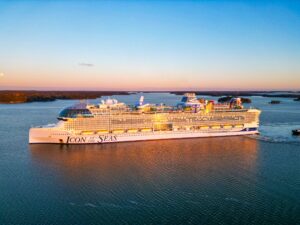One of the quirkier aspects of flying out of Dulles International Airport (IAD) near Washington, D.C., is getting set for a major face-lift.
Yes, we’re talking about Dulles’ so-called “people movers.” Over the coming years, the airport’s fleet of “mobile lounges” and “plane mates” is getting a multimillion-dollar overhaul. It’s work that, like it or not, should solidify the notorious — and, dare we say, iconic — vehicles as part of the airport’s airside transportation picture for years to come.
Want more airline-specific news? Sign up for TPG’s free biweekly Aviation newsletter.
This week, Dulles shared a video on social media of a crane hoisting a plane mate in the air, with the “Star Wars”-esque vehicle precariously dangling in the air.
Glow up loading! Delaware’s not just the first state, but also the first of our mobile lounges & plane mates to be rehabbed. The First Plane Mate made the trip to Brookville, PA after a successful -but precarious- flight from its chassis to a flat bed truck. See you in two years! pic.twitter.com/zH6Qj7tsJa
— Dulles Airport (IAD) (@Dulles_Airport) April 18, 2024
It was en route to a flatbed truck, which was standing by, out of frame, ready to transport the people mover to Brookville, Pennsylvania, for a two-year renovation.
People mover renovations approved
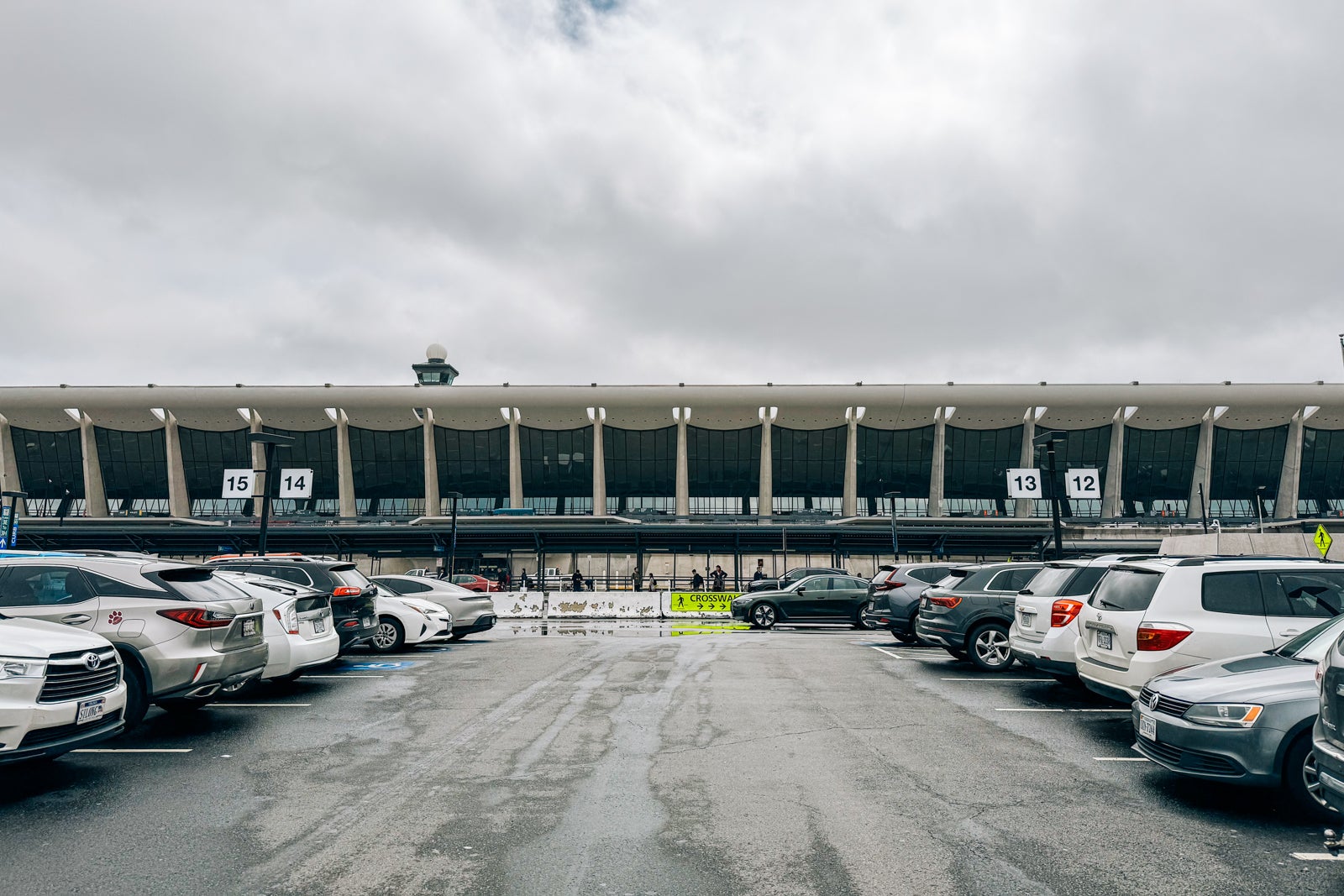
Last summer, the Metropolitan Washington Airports Authority, which oversees Dulles and Ronald Reagan Washington National Airport (DCA), approved a plan to overhaul its fleet of 49 people movers.
What is the people mover at Dulles?
The Dulles fleet technically consists of 19 mobile lounges and 30 plane mates.
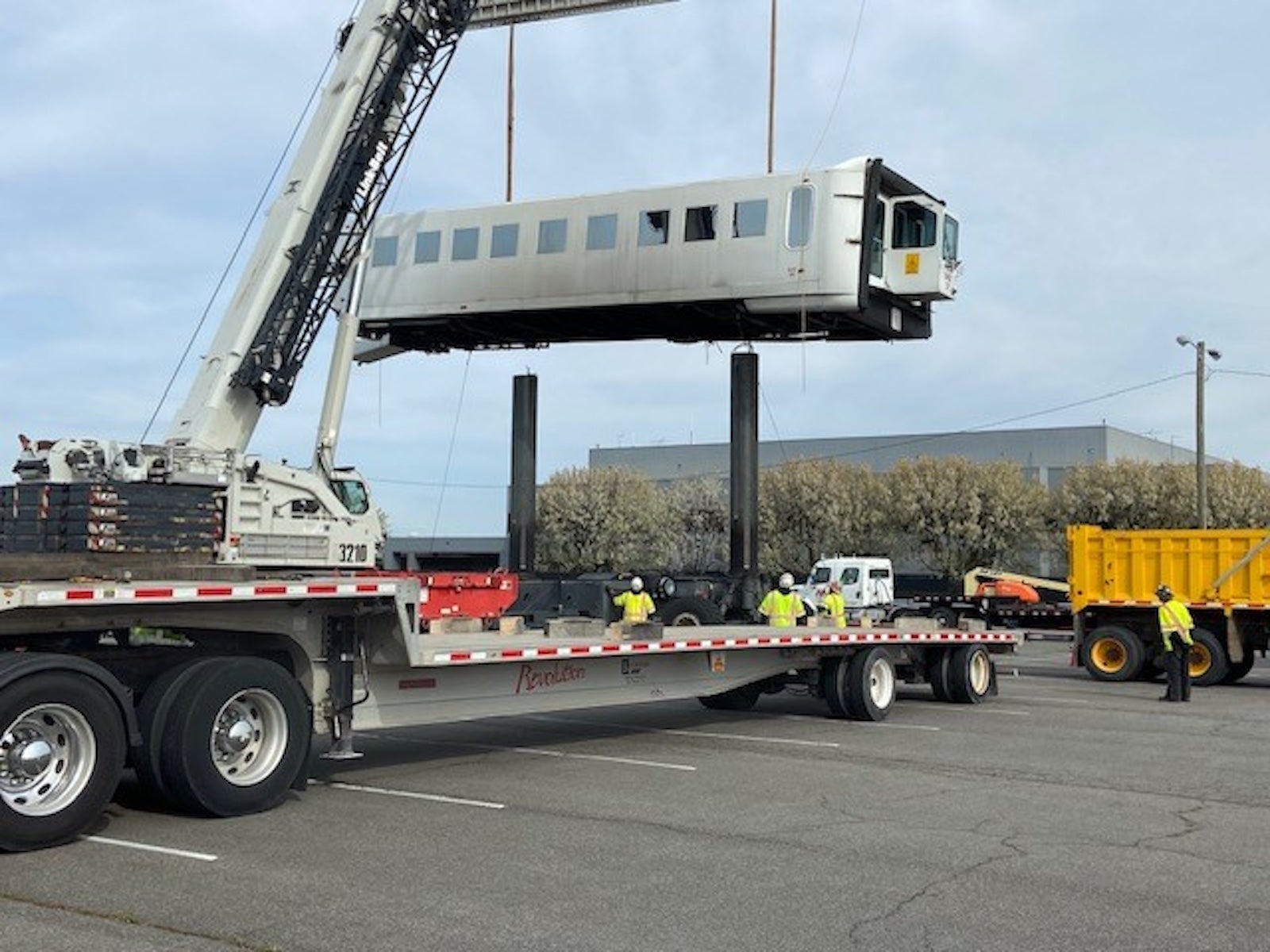
Mobile lounges, which move passengers between concourses, are perhaps best known among Dulles travelers. You’re likely to ride on one if you’re flying out of United’s D gates, connecting between Concourse D and the regional A gates, or arriving from an international flight.
The plane mates act as mobile jet bridges, transporting passengers to remotely parked aircraft.
Each vehicle can move more than 100 passengers at a time. Dulles is, today, the only airport in North America that still uses these types of vehicles as a regular part of airport operations.
A half-century old
The vehicles’ age is remarkable, dating back to Dulles’ earlier years in the 1960s and 1970s. They’re so old that the original manufacturers no longer support the equipment.
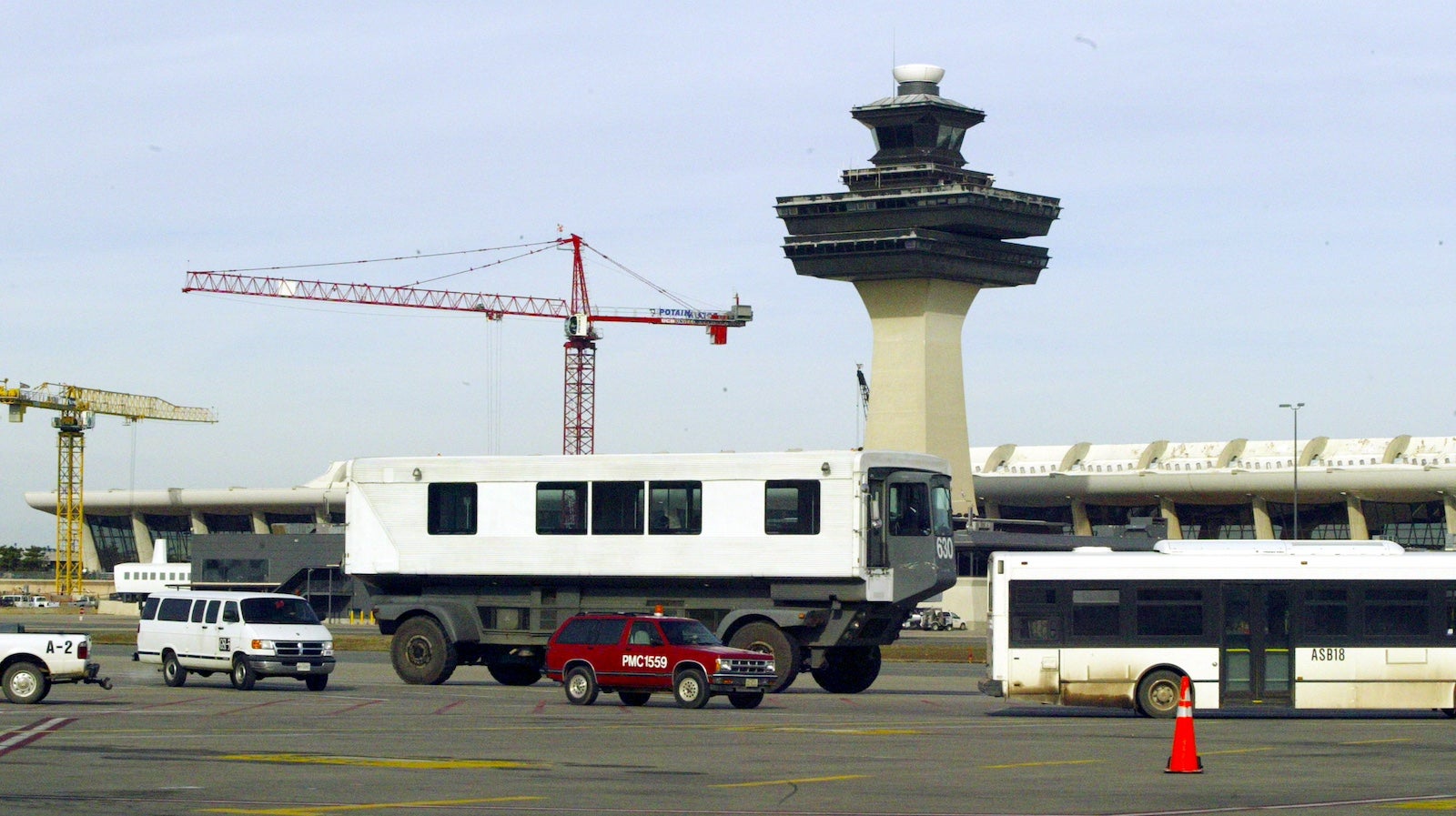
Now, they’re at the end of their useful life, the MWAA said, and they’re in need of a “major rehab.”
To kick off that process, crews disassembled one plane mate and one mobile lounge at the airport and then transported it by truck to the facility in Brookville, about 250 miles away from the airport in western Pennsylvania.
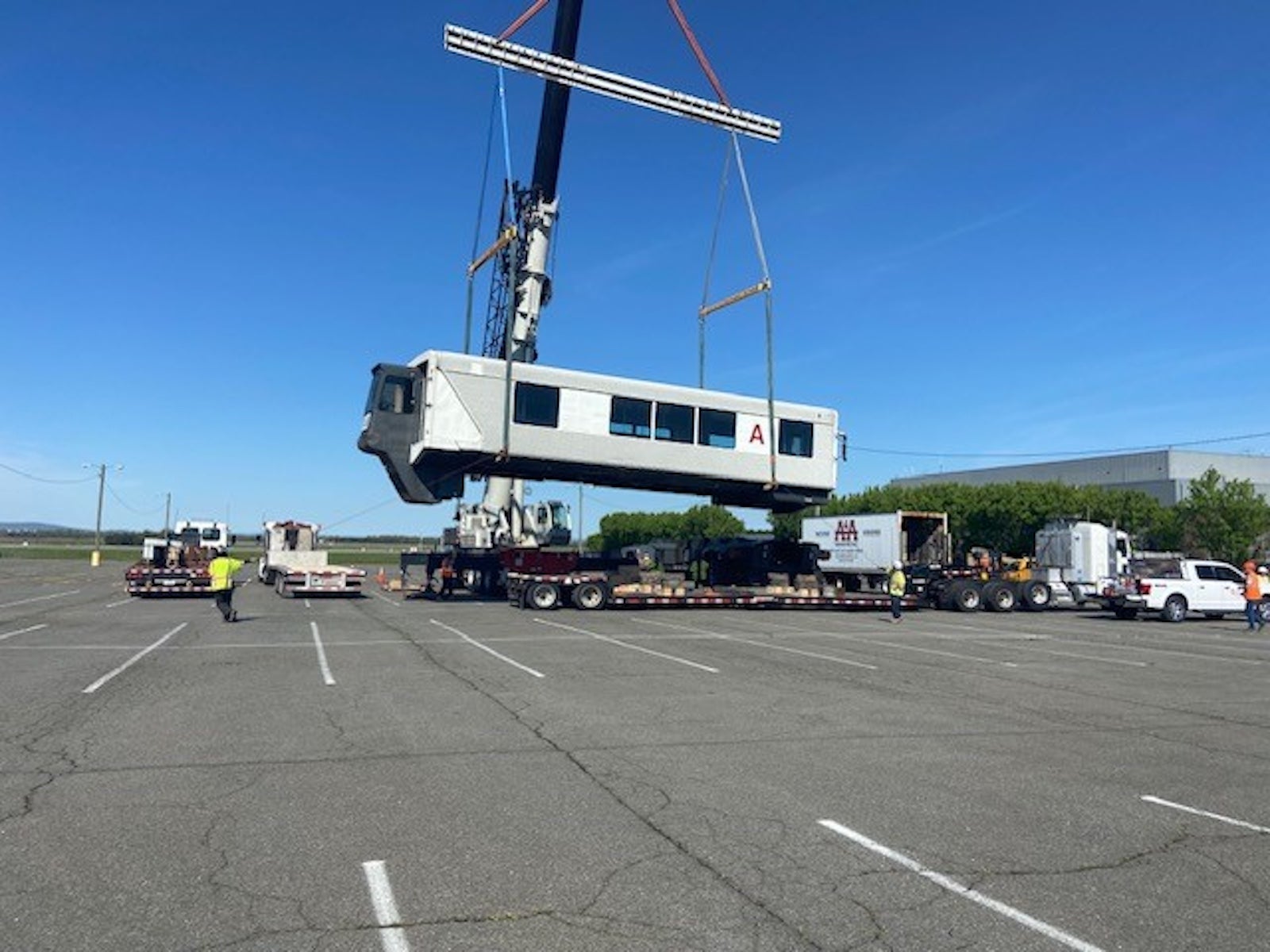
There, crews will spend the next two years designing and refurbishing the people movers on both the outside and the inside. The planned price tag: up to $16.4 million.
From there, the MWAA would have the option to proceed with a similar overhaul to the 47 other vehicles at a cost that could top $140 million over six years.
Crews transported the first plane mate to Pennsylvania on March 26, with the first mobile lounge transported this week. Both are now safely at the factory, a MWAA spokesperson said.
Does Dulles still use people movers?
The refurbishment of the Dulles people movers is intensive work that figures to improve the people mover experience for both passengers and the workers operating them.
But it also seems to make clear that the people movers themselves aren’t going away anytime soon.
That’s despite the airport’s plans — now in the works — to build a new E Concourse to support United Airlines’ hub, replacing the regional A gates, as well as the longer-term vision to do away with the existing C/D Concourse, not to mention the AeroTrain that launched service in 2010.

Indeed, the size and flexibility of the people movers make them a “uniquely useful” tool, the MWAA said in a statement to TPG this week. “As Dulles continues to grow, mobile lounges and plane-mates will continue to be essential for the airport’s airside passenger transportation needs.”
Translation: Whether you loathe the people mover experience or find it endearing, it appears they’ll be around — in some capacity — for years to come.
Related reading:
- The best time to book flights for the cheapest airfare
- Best airline credit cards
- What exactly are airline miles, anyway?
- 6 real-life strategies you can use when your flight is canceled or delayed
- Maximize your airfare: The best credit cards for booking flights
- The best credit cards to reach elite status




